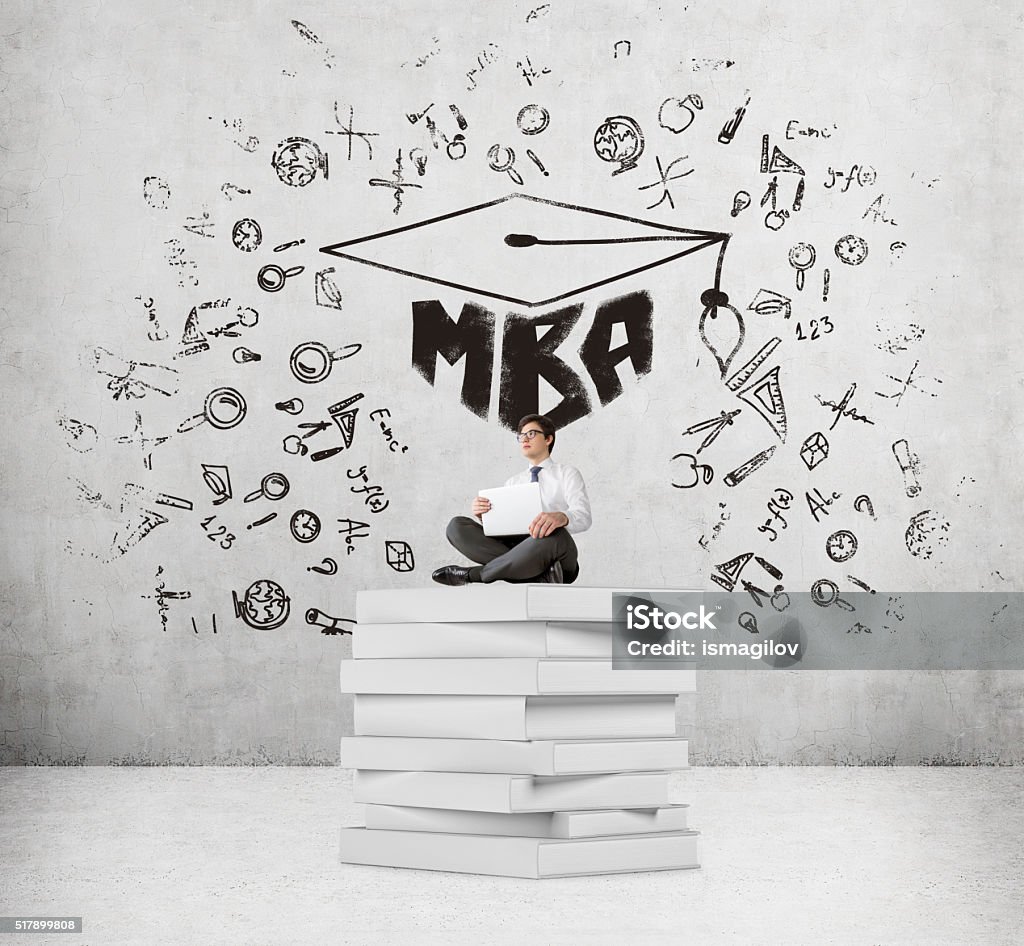Updated on 15th June 2023, 4:22 pm
CAT Exam Pattern: Analyzing the Changes
Every aspirant appearing for CAT must be familiar with the exam pattern to prepare well. It helps you understand the test structure, time allocation, and question types and improves your chances of scoring well. The CAT exam is split into three sections:
> Verbal Ability & Reading Comprehension (VARC)
> Data Interpretation & Logical Reasoning (DILR)
> Quantitative Ability (QA)
It is vital for every aspirant to be entirely aware of the CAT question paper in order to attain a good percentile and get admission to one of the best B-schools in India.
Quick Overview of the CAT Exam Syllabus
Given below are the most popular topics of all three sections:
> Verbal Ability & Reading Comprehension (VARC) Section: The VARC section of the CAT exam syllabus covers different topics including English Grammar, Verbal Reasoning, and Reading Comprehension.
> Data Interpretation & Logical Reasoning (DILR) Section: In this section of the CAT exam syllabus, it consists of the majority of the topics of Math from standard 9 to 10 like Arithmetic, Geometry, Algebra, Trigonometry, and Mensuration.
> Quantitative Ability (QA) Section: This section mainly requires analytical interpretation of data displayed in the form of Pie Charts, Tables, Puzzles, & Bar Graphs.
Recent Changes in CAT Exam Pattern
Over the past few years, the exam pattern has changed drastically in terms of total questions and the time allotted for the exam. The main factor influencing this change has been covid-19.
Given below are the changes in questions and time:
|
CAT Exam Pattern |
Total Questions |
Total questions in VARC |
Total questions in DILR |
Total questions in QA |
Total Score |
Time Allotted |
|
CAT 2019 |
100 |
34 |
32 |
34 |
300 |
3 hrs |
|
CAT 2020 |
76 |
26 |
24 |
26 |
228 |
2 hrs |
|
CAT 2021 |
66 |
24 |
20 |
22 |
198 |
2 hrs |
|
CAT 2022 |
66 |
24 |
20 |
22 |
198 |
2 hrs |
Some other changes in the exam pattern observed in CAT 2022 were:
> The Odd Sentence Out in VARC was replaced by Para Completion questions
> In the DILR section, the 4 sets comprised 5 questions each as opposed to the previous year’s 2 sets of 4 questions and 2 sets of 6 questions.











